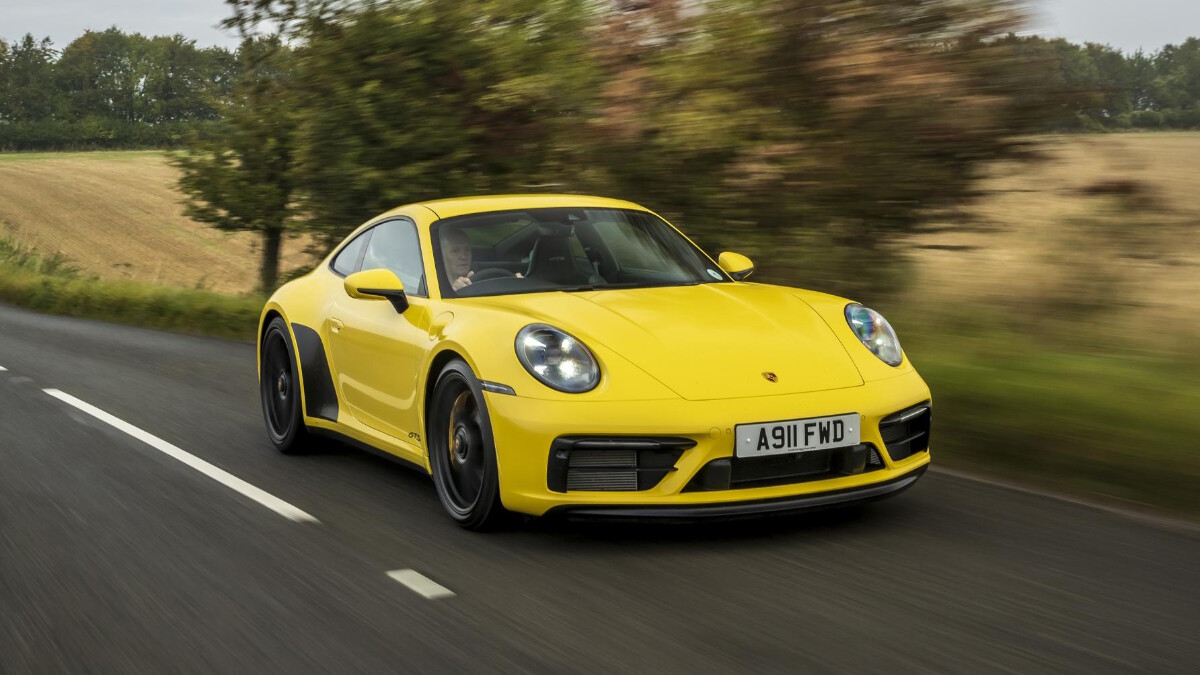The old Almera just didn’t get any respect. Despite having a gutsy engine, great comfort, and good handling, it was never a roaring sales success beyond the taxi-fleet crowd—mainly thanks to its rather challenging looks.
But Nissan’s ugly duckling has finally grown up. And quite dramatically. With all-new sheetmetal and a sophisticated new powertrain under the hood, the Almera comes out of the gates swinging. But can these changes catapult it to the top of the sales charts?
Styling
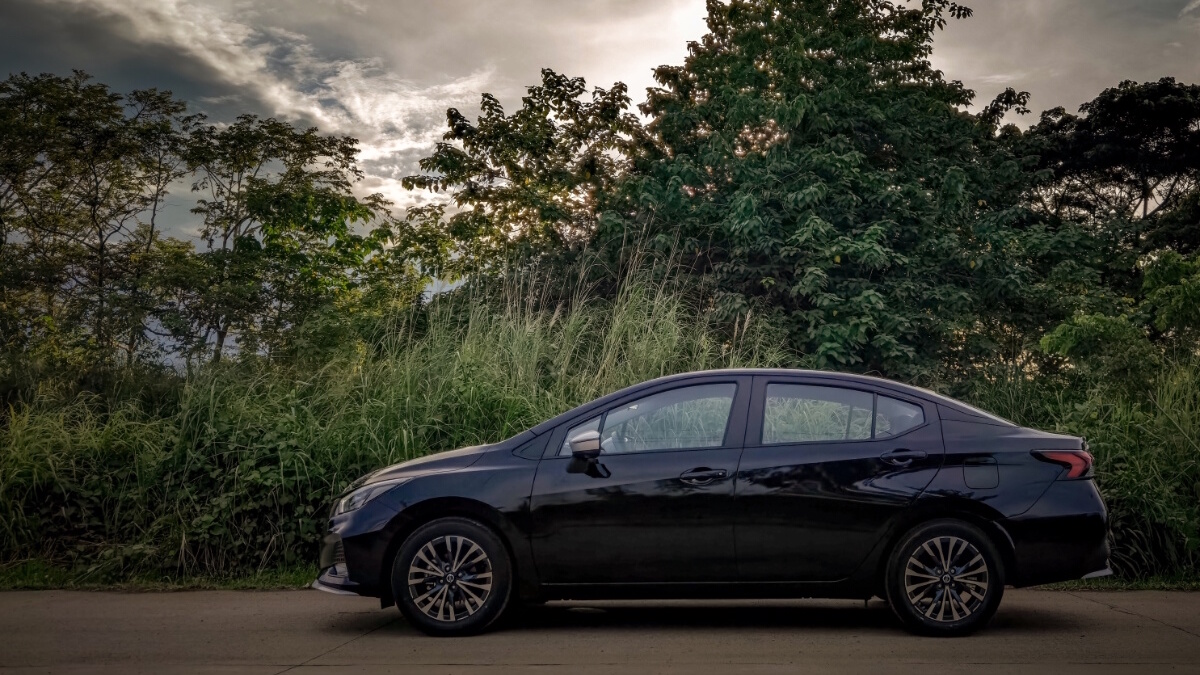
Continue reading below ↓
Sitting 70mm longer, 45mm wider and 40mm lower than the previous car, the Almera is rather big for a subcompact, and the cab-forward stance makes it look even bigger from the rear. An attractive snub nose and a split rising shoulder line slim down the profile, while the generous glass area and deep windows help reduce the visual weight of the sheetmetal. A thin black plastic strip on the C-pillar creates the illusion of a floating roof. Well, it would if this wasn’t a black car!
Continue reading below ↓
Recommended Videos
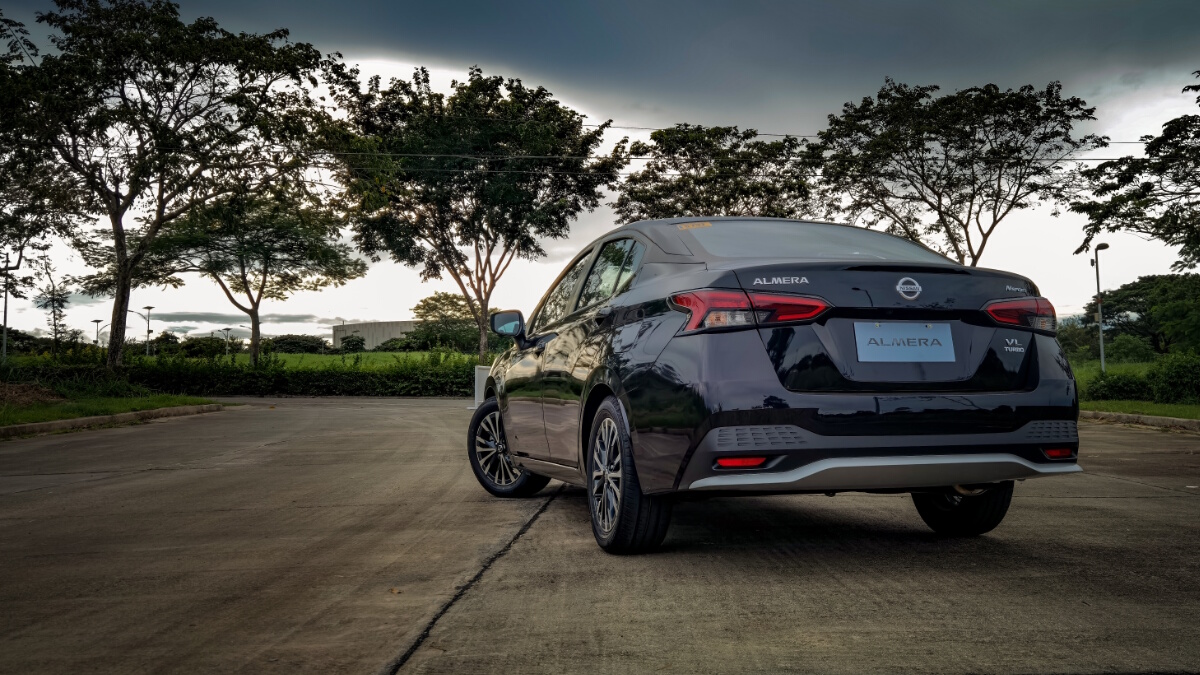
Continue reading below ↓
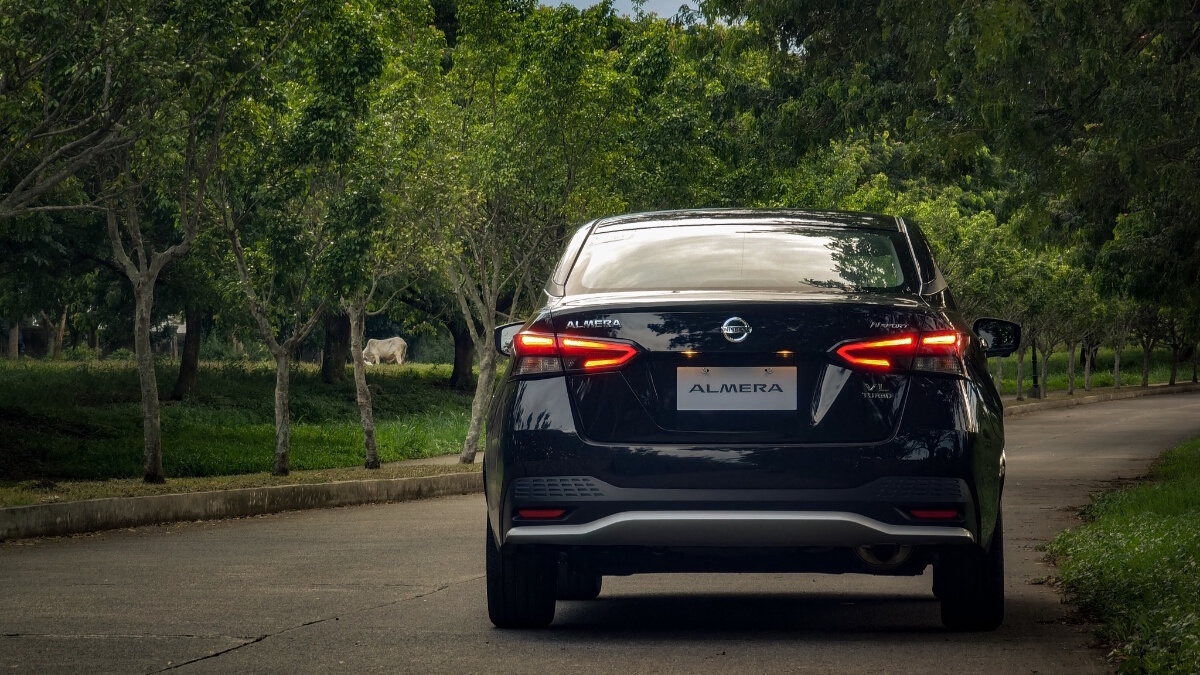
The ends are marked by boomerang-shaped LED head- and taillights, while the classy V-Motion grille frames a glass-covered logo hiding the forward radar, and is bordered by a bold black contrast stripe that’s also a bit wasted against the black paint. Unique check-patterned plastic caps the front foglights and the rear reflectors, and this ‘N-Sport’ variant comes with matte-silver bumper and mirror trim, which look great against the dark finish. Attractive 16-inch alloy wheels, an inch up on lower variants, fill the space under the fenders nicely.
Continue reading below ↓
Interior
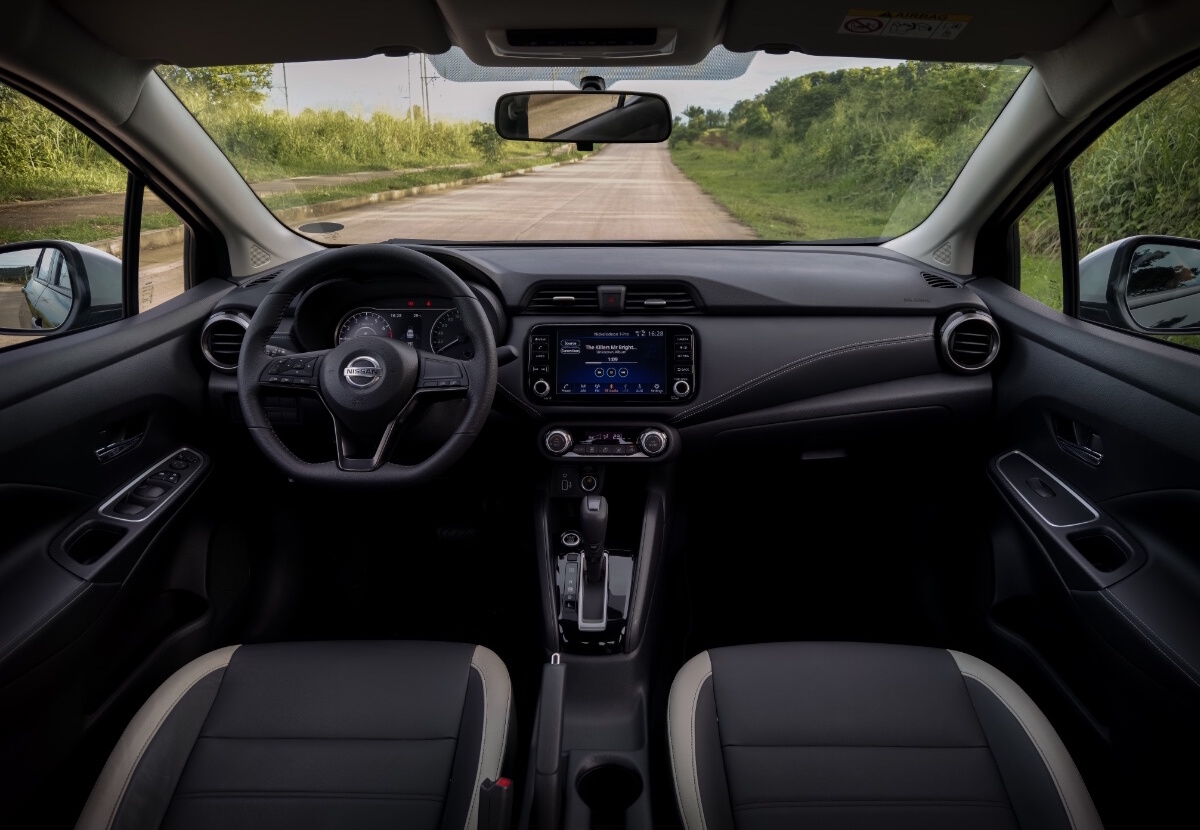
The dramatic changes continue inside. Gone are the bubbly playpen plastics, replaced by much classier finishes. The front doors slam shut with a more confident thud, letting you know how much extra insulation Nissan has put into them. There’s still some sound leakage through the rear doors, especially from passing motorcycles, but insulation is otherwise excellent. Press the start button sitting—weirdly—on the shifter console, and the engine note fades into a barely perceptible hum.
Continue reading below ↓
A split-level dashboard conceals the step difference between the windshield and the side windows. A stitched leatherette center strip frames the attractive eight-inch touchscreen display, with automatic climate controls sitting on a separate lower tier. Deeply recessed instrument gauges feature a seven-inch LED display that switches between data panels and a traditional tachometer. Subtle matte carbon-fiber, matte silver, and leatherette accents are sprinkled around the cabin, but most of it is businesslike black. The two-tone leatherette seats are firm and durable without feeling plasticky. Seats are nicely shaped and supportive, but are a bit low for proper knee support, especially for the driver. Thankfully, the adjustable steering wheel can be pulled far out to adjust for that.
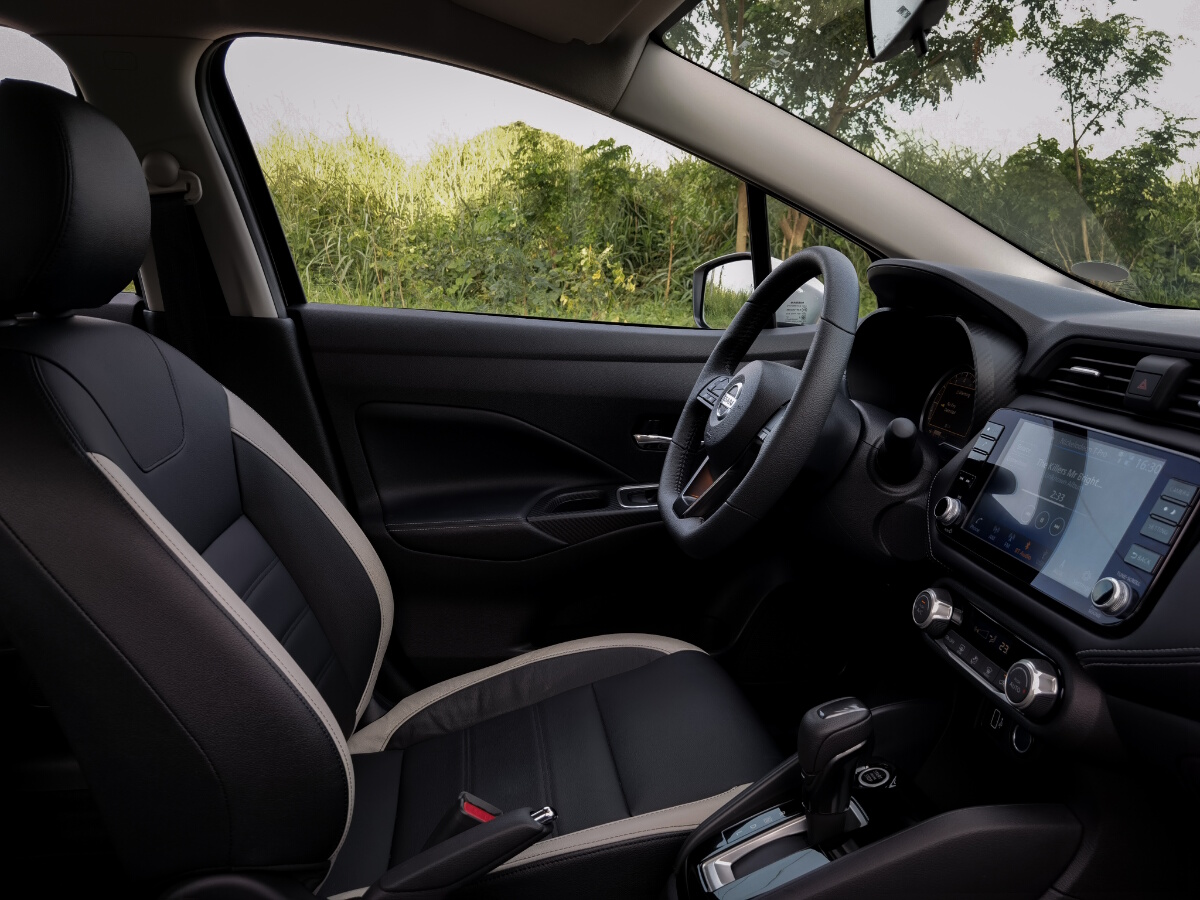
Continue reading below ↓
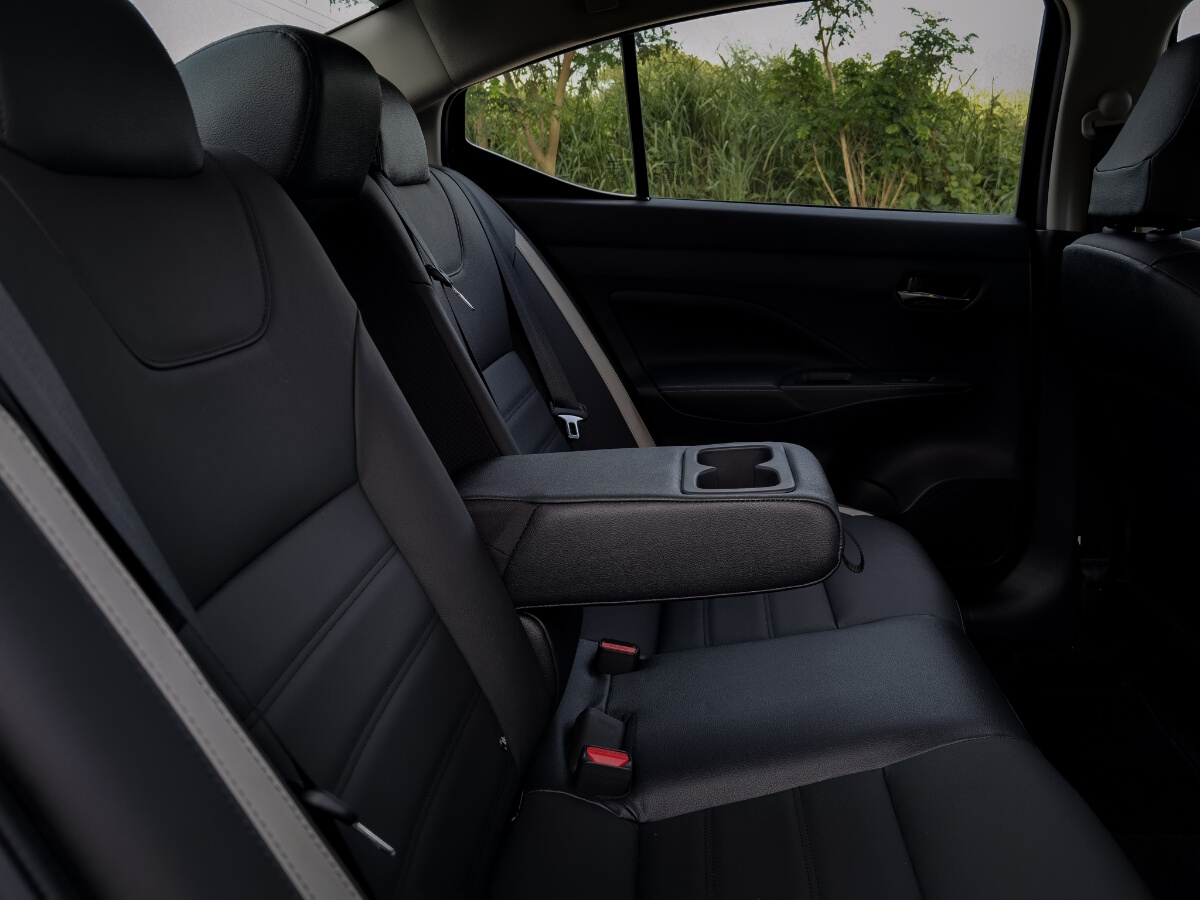
Despite generous headroom, elbow room and storage space are at a premium. Door-handle pockets are barely big enough for tickets and peso bills, while the narrow cupholders are a tight fit for upsized drinks. The small charging-port shelf isn’t big enough to lay a cellphone flat in, but you do get an extra phone/cupholder pocket with two more covered USB ports behind the handbrake.
Continue reading below ↓
Out back, the extra-long 2,620 mm wheelbase gives you room to cross your legs, though not as easily as in the Honda City. You get a fold-down center armrest with twin cupholders that’s actually at elbow height—advantage Almera, Honda. And finally, the enormous trunk: a full 490 liters, wide, deep, and easily accessible, with a lot of extra space around the spare tire under the floor.
Engine performance
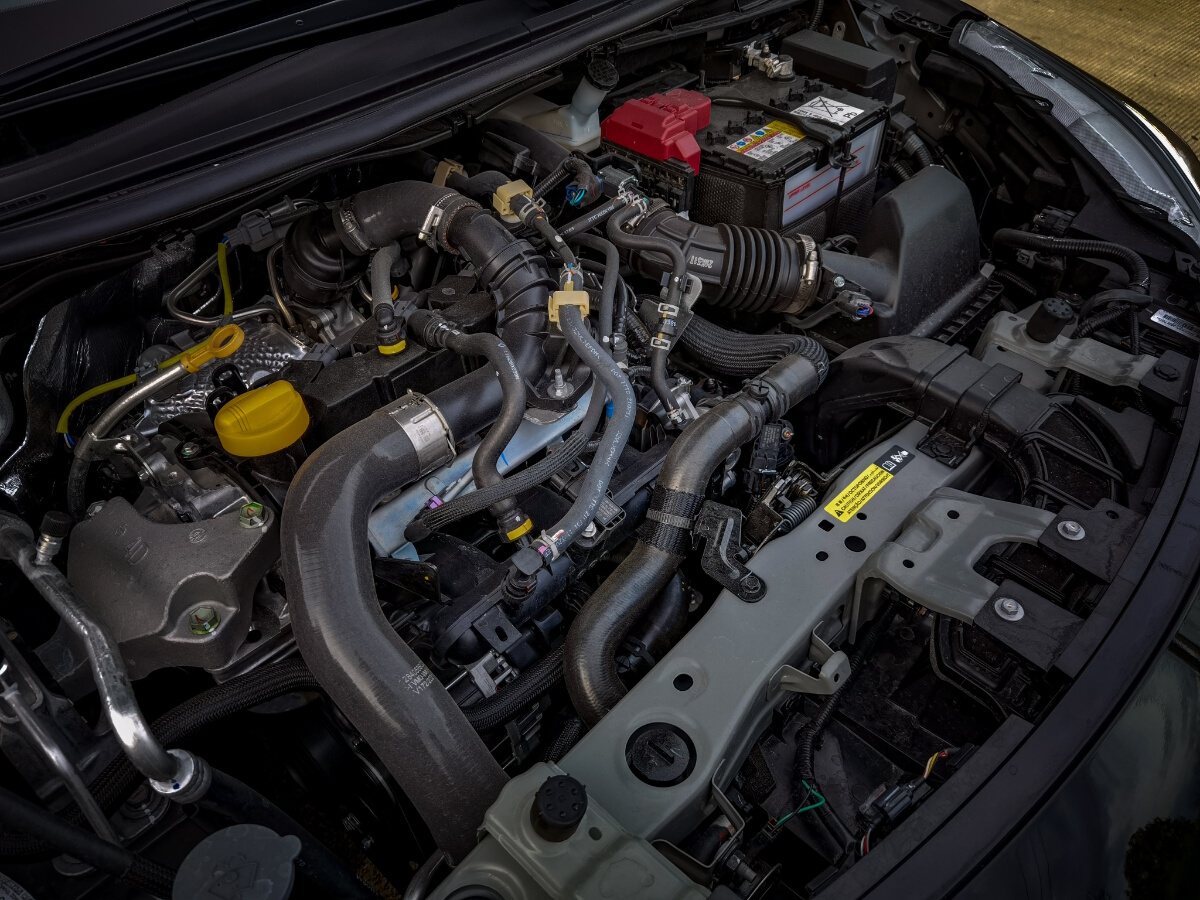
Continue reading below ↓
At the other end of the car, the engine bay seems shrunk to fit around the tiny 1.0-liter HRA0 turbocharged three-cylinder gasoline engine. While the port injection system should prove less sensitive to bad fuel than the direct injection available elsewhere, it still requires 95 RON. With 99hp and 152Nm channeled through a continuously variable transmission, it does 0-100kph in 11.3sec. Nearly two seconds faster than a CVT Vios, and a few ticks quicker than the City. All thanks to the new RE0F11B transmission, which features a secondary planetary gear set that gives it extra short gearing for hill climbs and traffic.
In traffic, the torque converter locks up pretty quickly as you pull away from a standstill, giving surprisingly good performance in stop-and-go traffic. There’s a noticeable step between low range and high range between 20-40kph, above which the transmission starts to behave more like a regular CVT. There’s some whine, but it’s quieter overall than the City’s powertrain. At higher speeds, response can feel a bit soft unless you engage ‘Sport’ mode, accessed via an unmarked button hidden under the shift knob. There’s an ‘L’ mode that allows you to stay in low range longer, but despite the extra cooling circuits and upgraded internals in this new transmission, it’s too aggressive for continuous use.
Continue reading below ↓
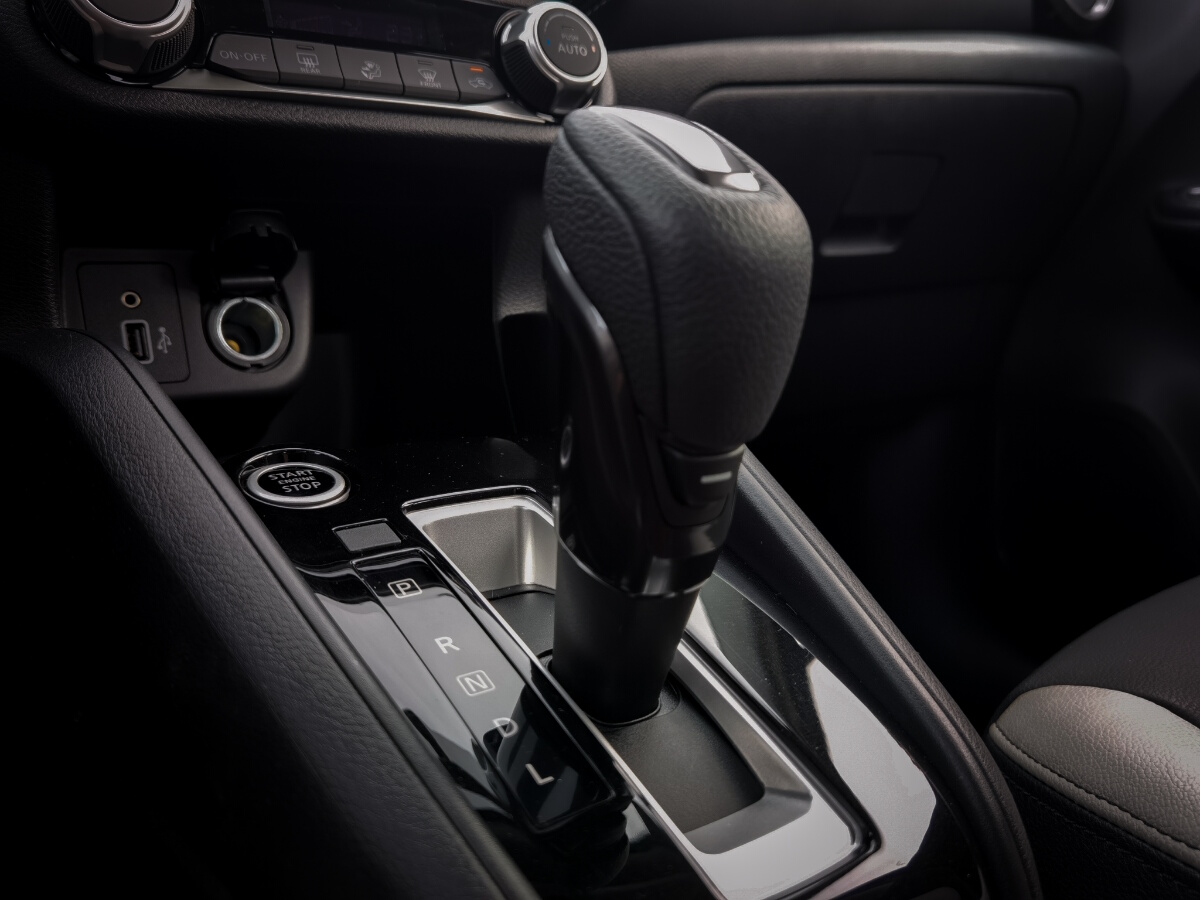
In city traffic, the Almera does 8-12km/L, partially thanks to an automatic start/stop system. On the highway, an 80kph cruise at 1,500rpm yields fuel economy in the 26-28km/L range. Incredible numbers for a vehicle this size, and a far cry from the performance of the old four-speed car.
Continue reading below ↓
Ride and handling
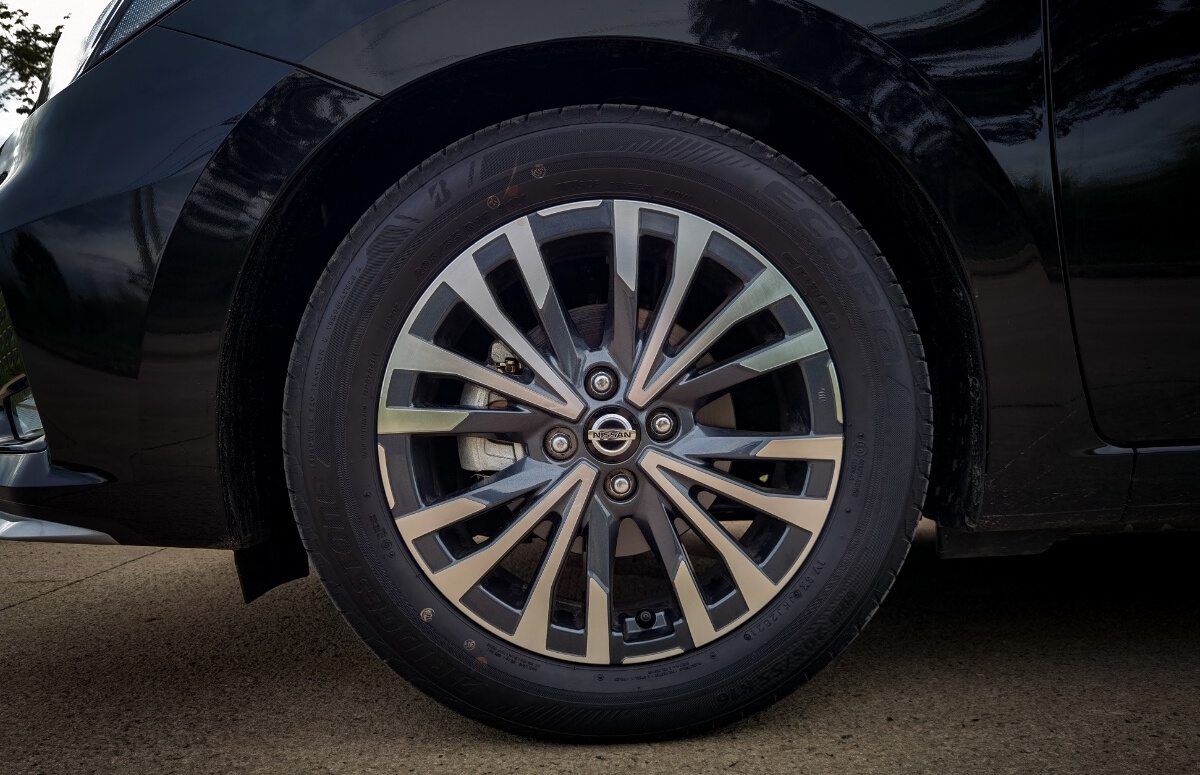
The old Almera drove better than most people realize, and this new one updates that formula nicely. Good sightlines make it a breeze to maneuver in crowded alleys and parking lots. The long wheelbase and the long-stroke suspension smooth out bumps and ruts without excessive rebound or jounce. The electric steering firms up for steady tracking at highway speeds and lightens at lower speeds for easier maneuvering. There’s decent feedback and good self-centering, and there’s no vagueness as it loads up into a corner. Extra-wide 205/55 R16 Bridgestone Ecopia EP300 tires boast unusually good performance for ‘eco tires.’ While they hum over the odd concrete patch, they provide excellent grip, and it takes a lot to make them complain. The relatively stiff sidewalls thump over ridges, but the supple suspension soaks it up easily.
Continue reading below ↓
Brake feel is surprisingly good, despite the rear drums, though I don’t know if that will last as the shoes wear down. About the only major complaint I have here is that the body tends to move around when braking hard into a corner. But it never feels ‘loose,’ as many comfort-oriented sedans do, and the Vehicle Dynamic Control (VDC) stability system keeps everything nice and steady.
Extra features
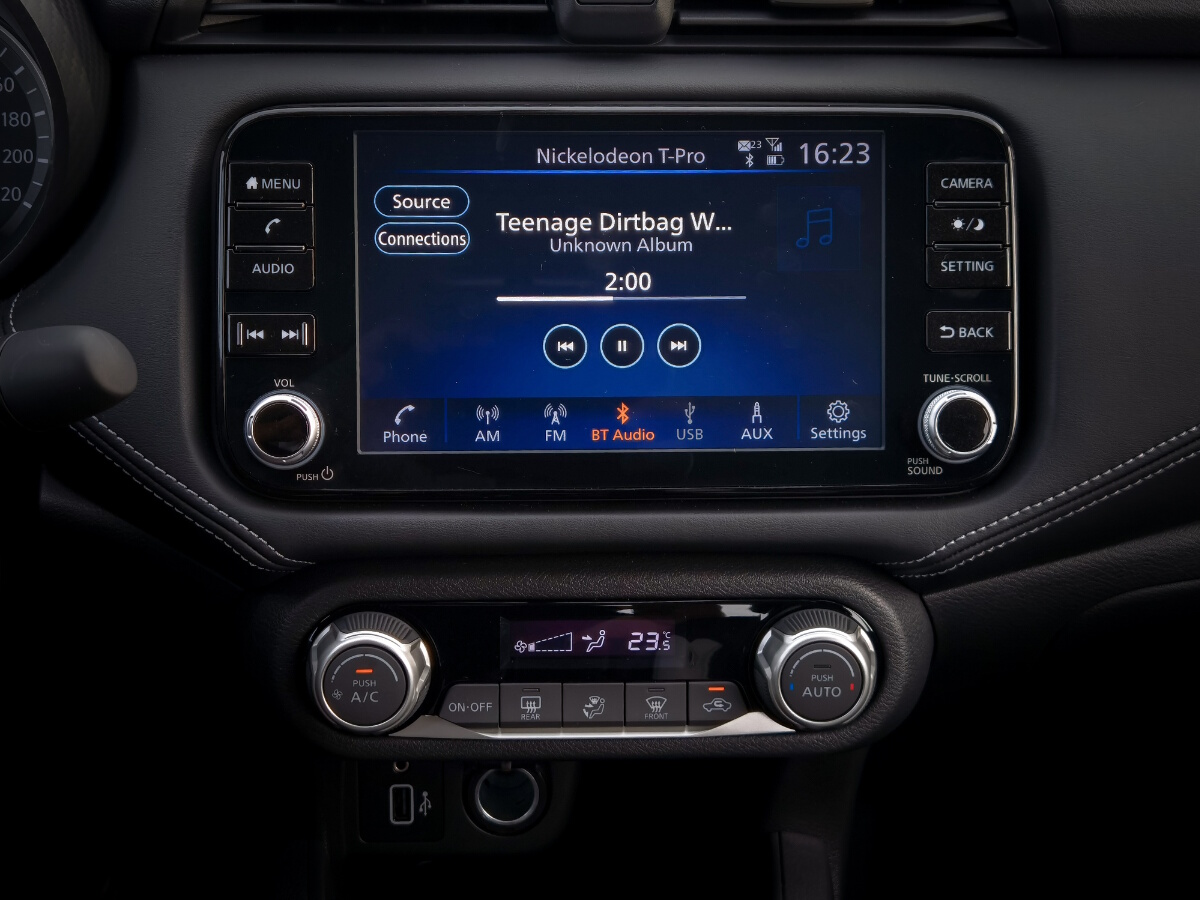
Continue reading below ↓
Aside from that VDC and hill-hold assist, the Almera boasts 360-degree camera coverage for parking and low-speed maneuvers, as well as forward collision warning and radar-assisted automatic emergency braking on all variants except the base spec. It’s puzzling that there’s no adaptive cruise control—the radar is already there! Keyless entry, push-button start and Isofix anchors round out the convenience package, while the N-Sport gains additional safety kit with side-curtain airbags, blind-spot warning, and rear cross-traffic alert.
There are some things missing, though. Gone are the rear air vents of the old car, and while the eight-inch infotainment system features steering controls, CarPlay, and Bluetooth, there’s no Android Auto. The system is easy to navigate, and the six-speaker setup is relatively loud, but equalizer adjustment is limited, and the small midrange speakers struggle with dynamically heavy music. Ergo, yes, this is a metal-free zone.
Verdict
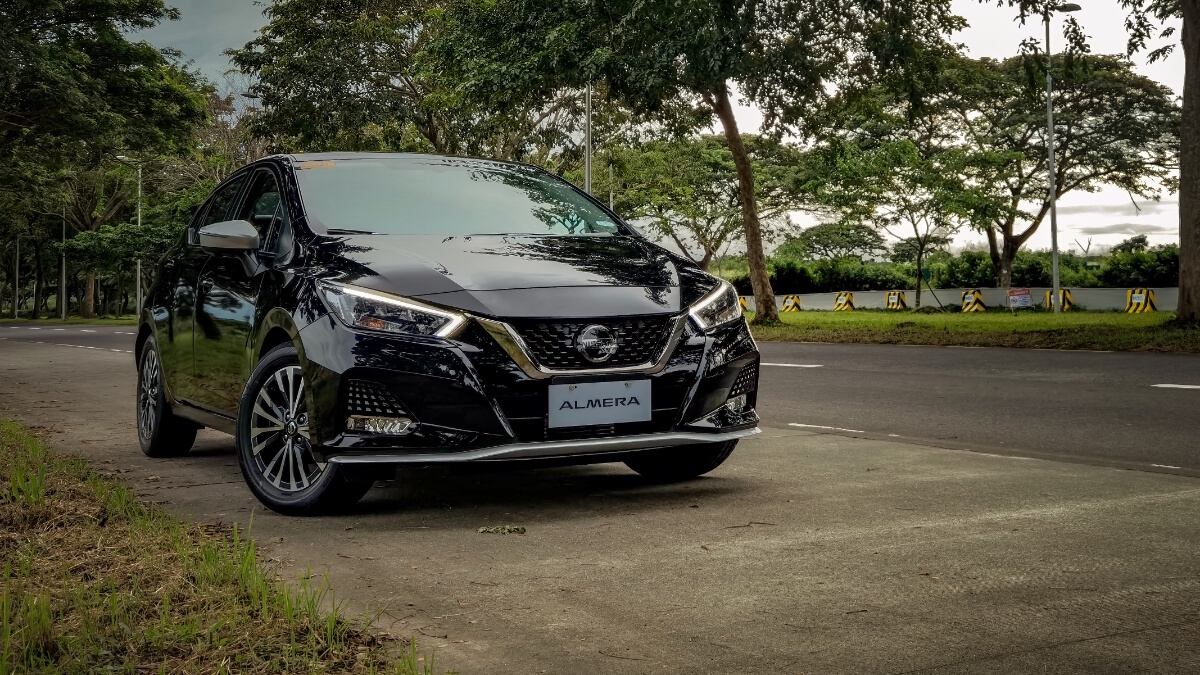
Continue reading below ↓
So it’s not a head-banger, but the Almera is a fantastic addition to the resurgent Nissan’s product portfolio. No longer an awkward fleet special, this is a car that can take on the big boys and win. The N-Sport package, for one, offers technology unique in this class. And while it lacks the nimbleness or the high-revving fireworks of sportier cars like the Mazda 2 or City, its pliant ride, easygoing torque, and diesel-like fuel economy make it a more rounded grand tourer. Okay, 95 RON isn’t diesel-cheap, and the 35-liter tank is on the small side, but it gets as much range out of that tank as many 1.5-liter engines get out of 45-liter tanks!
There is a lot of excitement about this new Almera, both from new buyers and older ones who haven’t really paid attention since the Sentra’s heyday in the ’90s. And after this first taste of it, I’d say there is a lot for them to be excited about. Yes, good times are back again at Nissan, and we expect to see a lot of these cars roaming the streets come Christmastime.
Continue reading below ↓
SPECS: 2022 Nissan Almera VL N-Sport
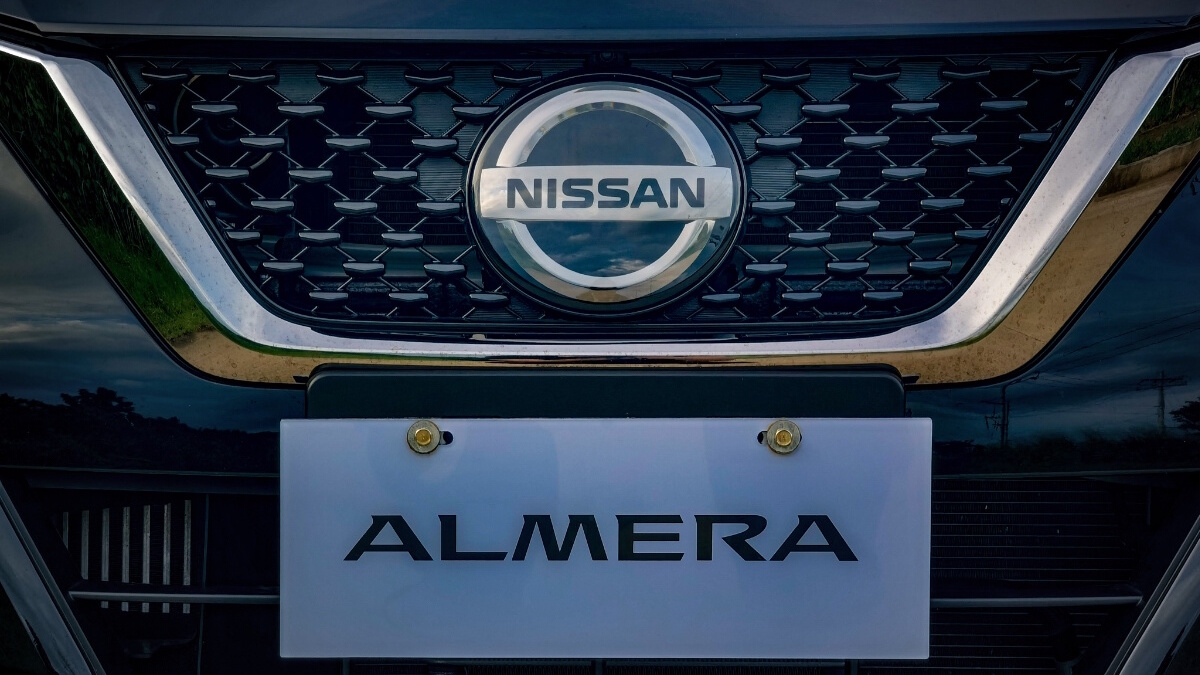
Price: P1,098,000
Engine: 1.0-liter turbopetrol I3
Power: 99hp @ 5,000rpm
Torque: 152Nm @ 2,400-4,000rpm
Transmission: continuously variable
Layout: FWD
Seating: 5
Score: 18/20
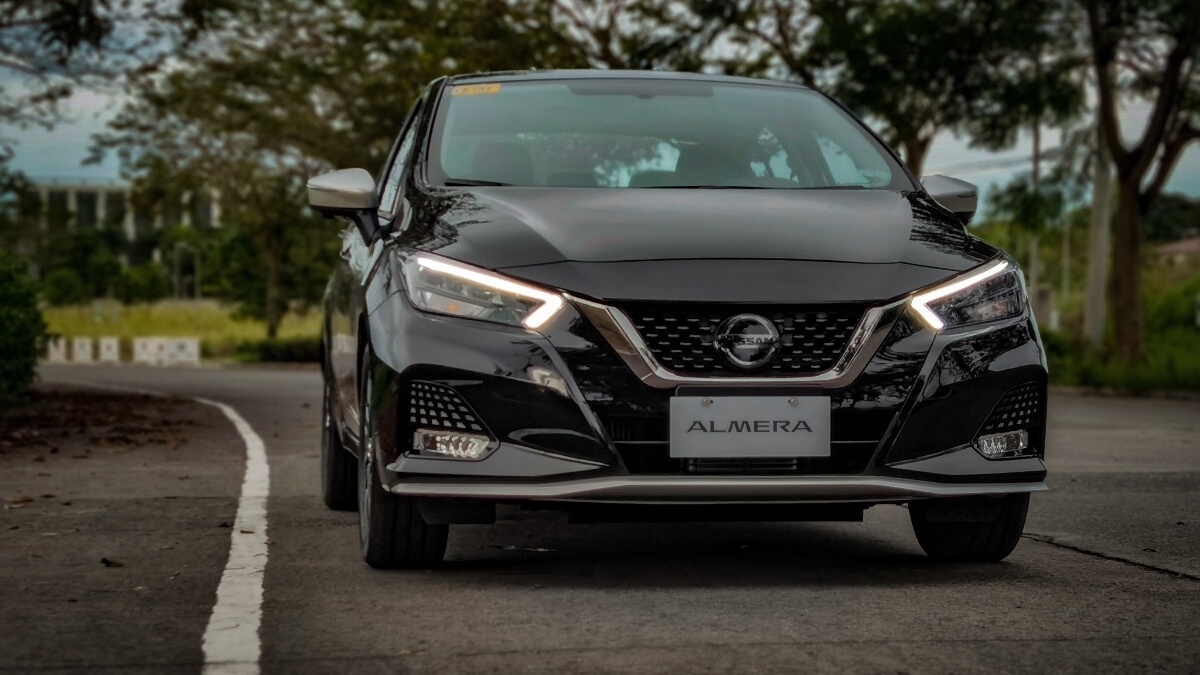
Continue reading below ↓
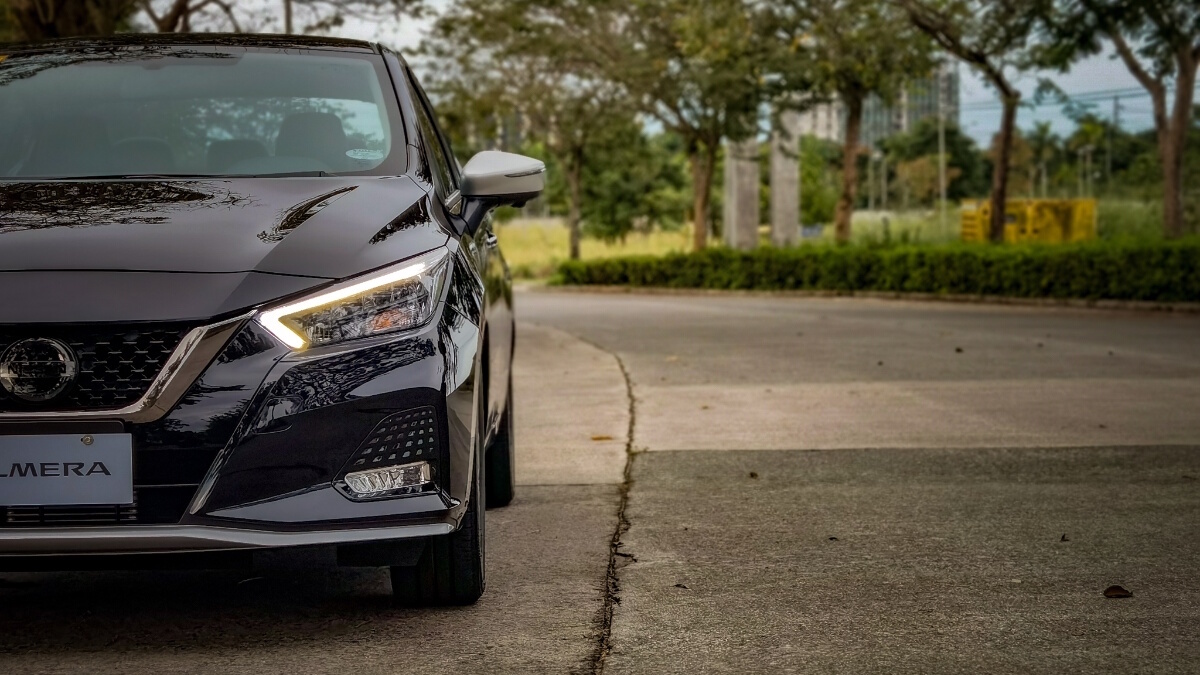
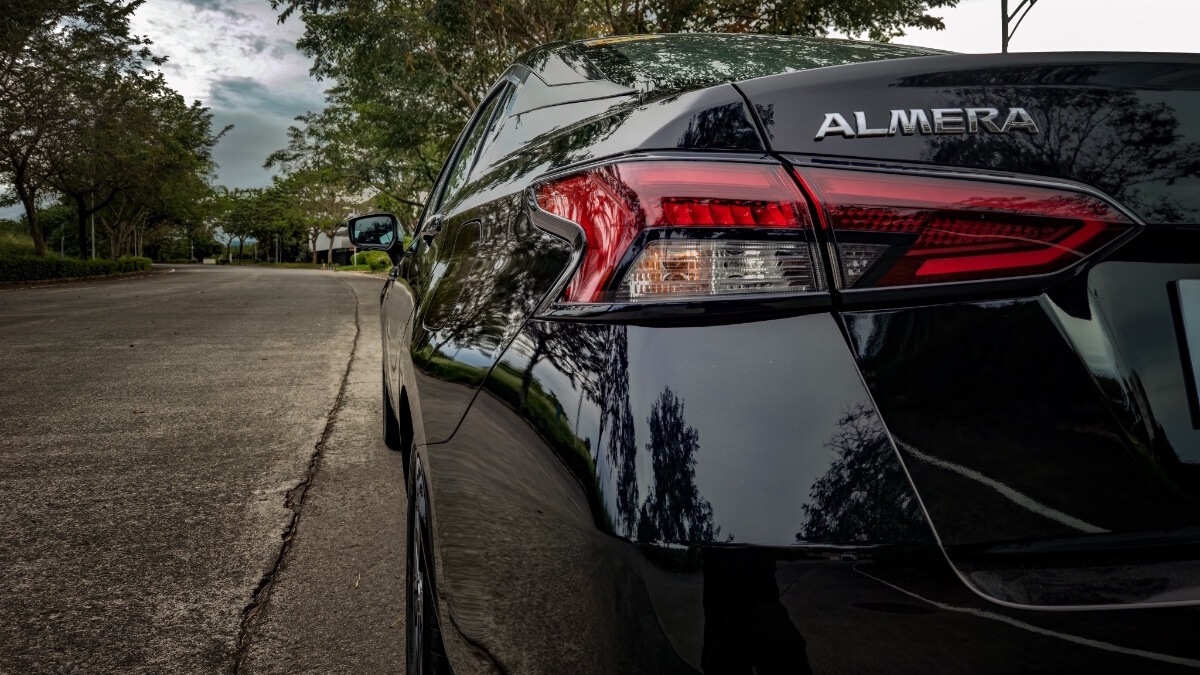
Continue reading below ↓
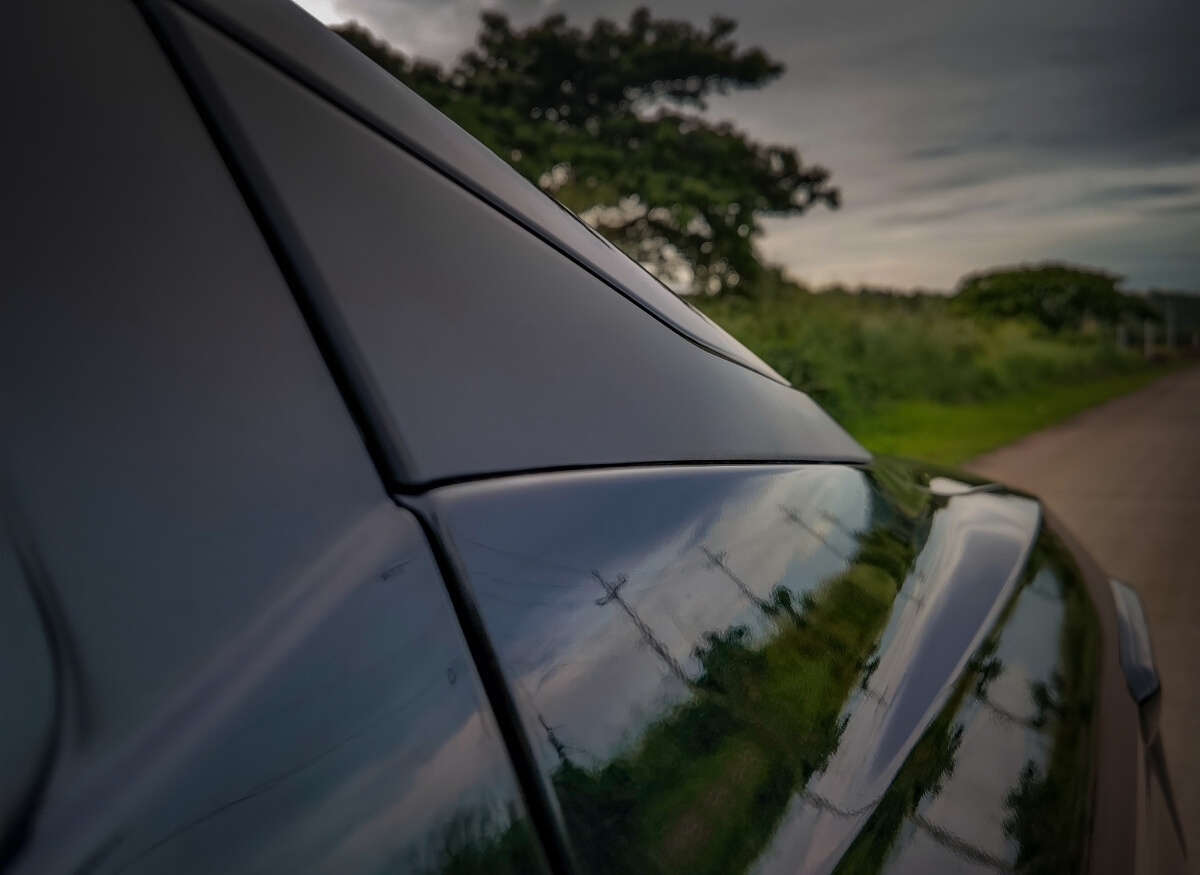
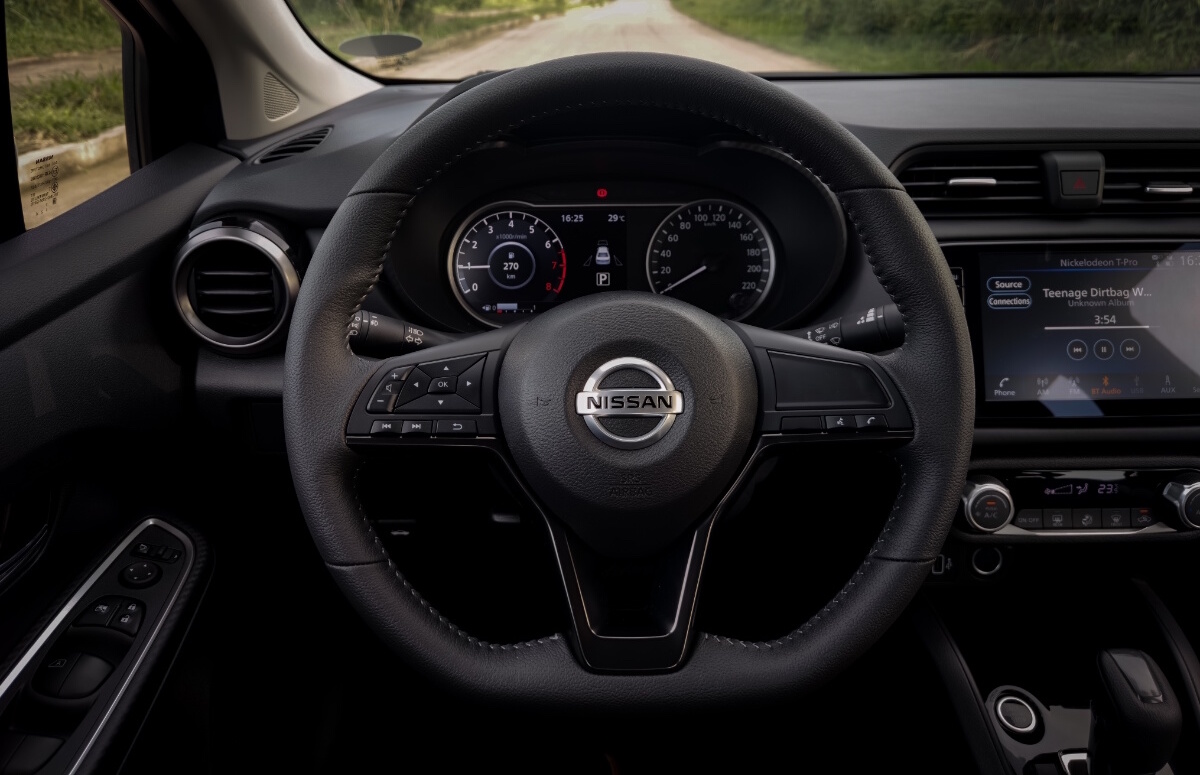
Continue reading below ↓
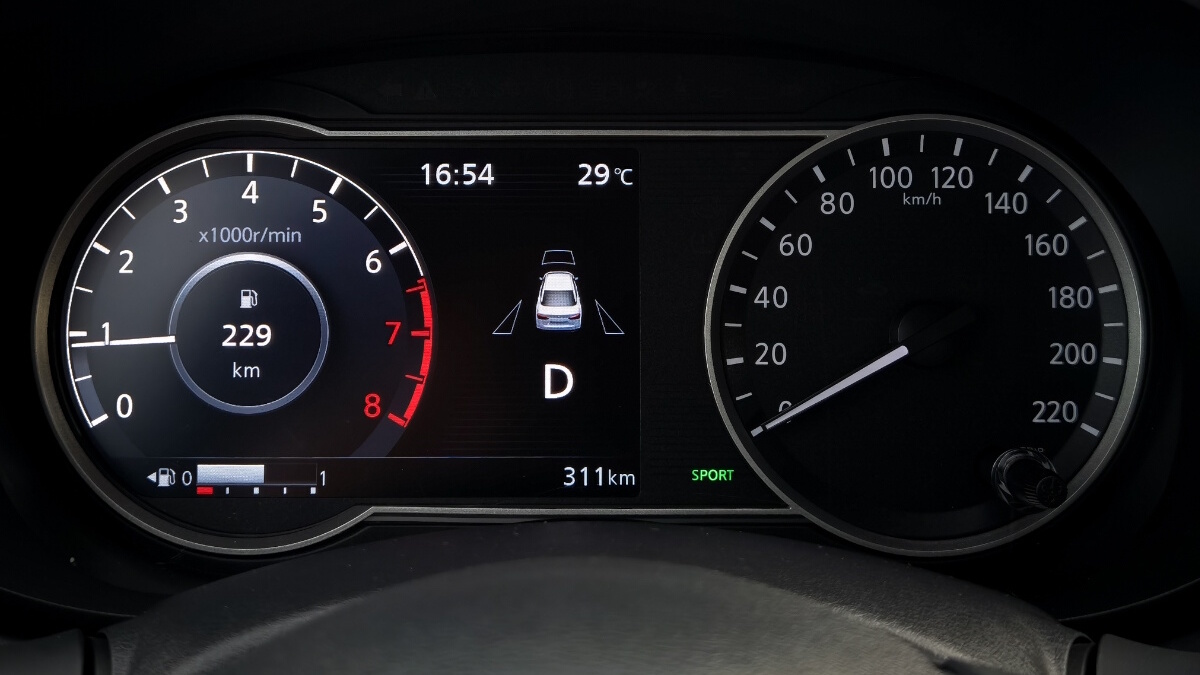
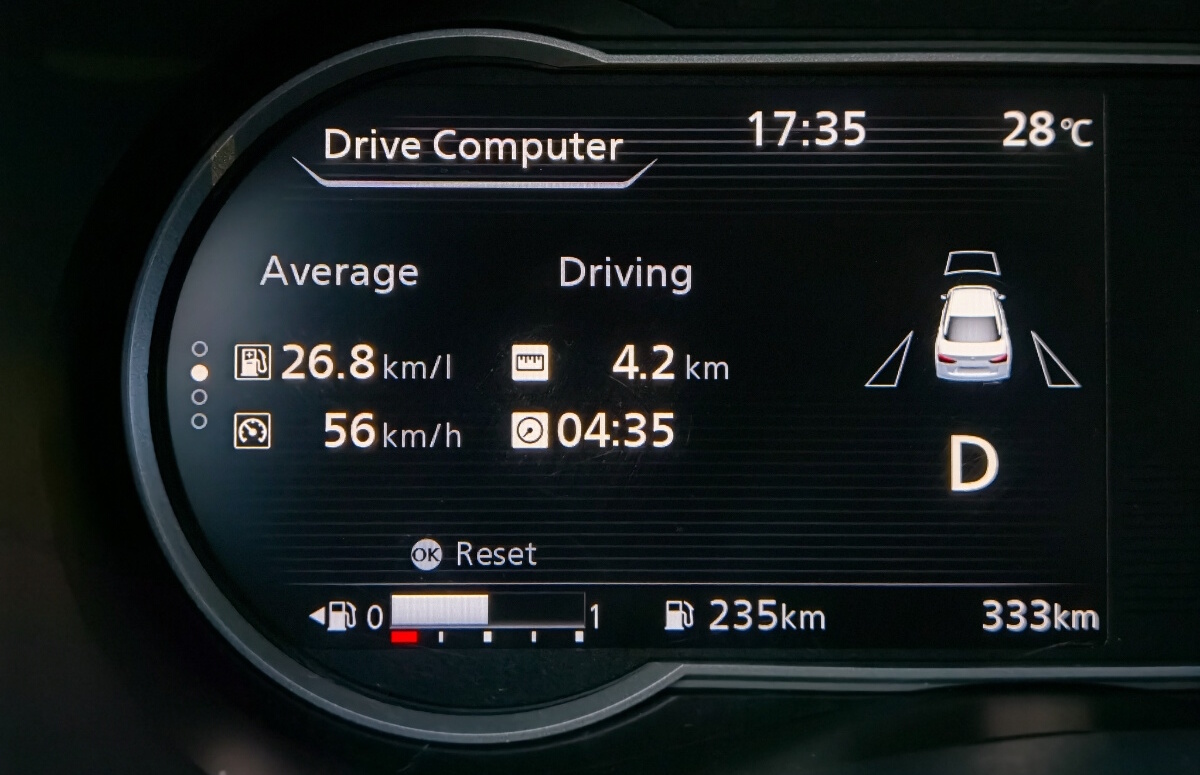
Continue reading below ↓
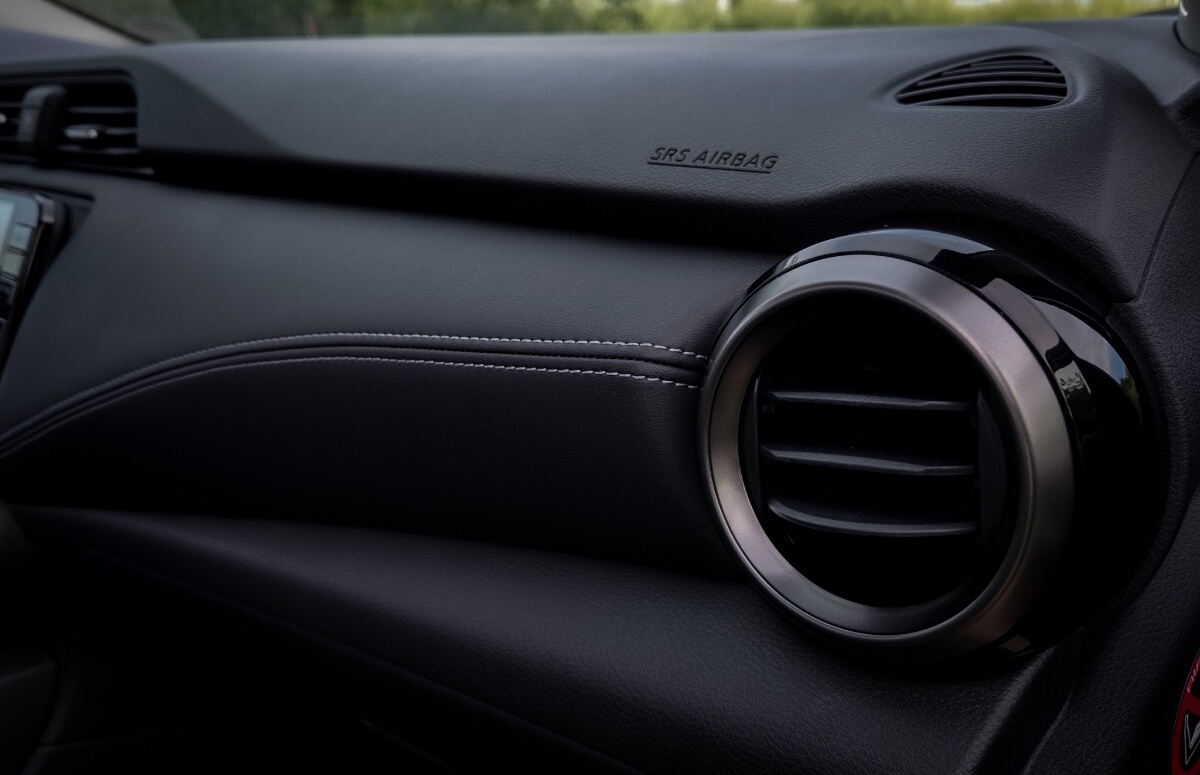
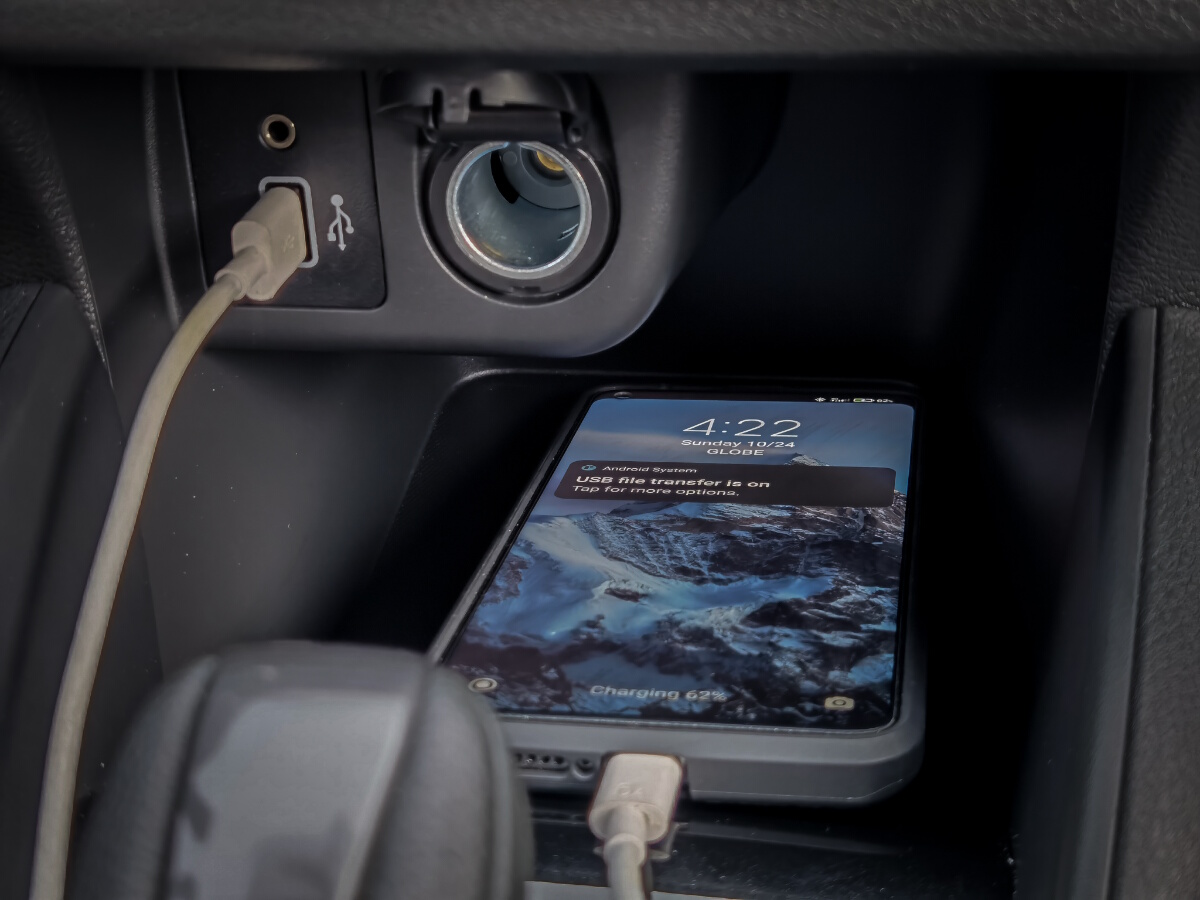
Continue reading below ↓
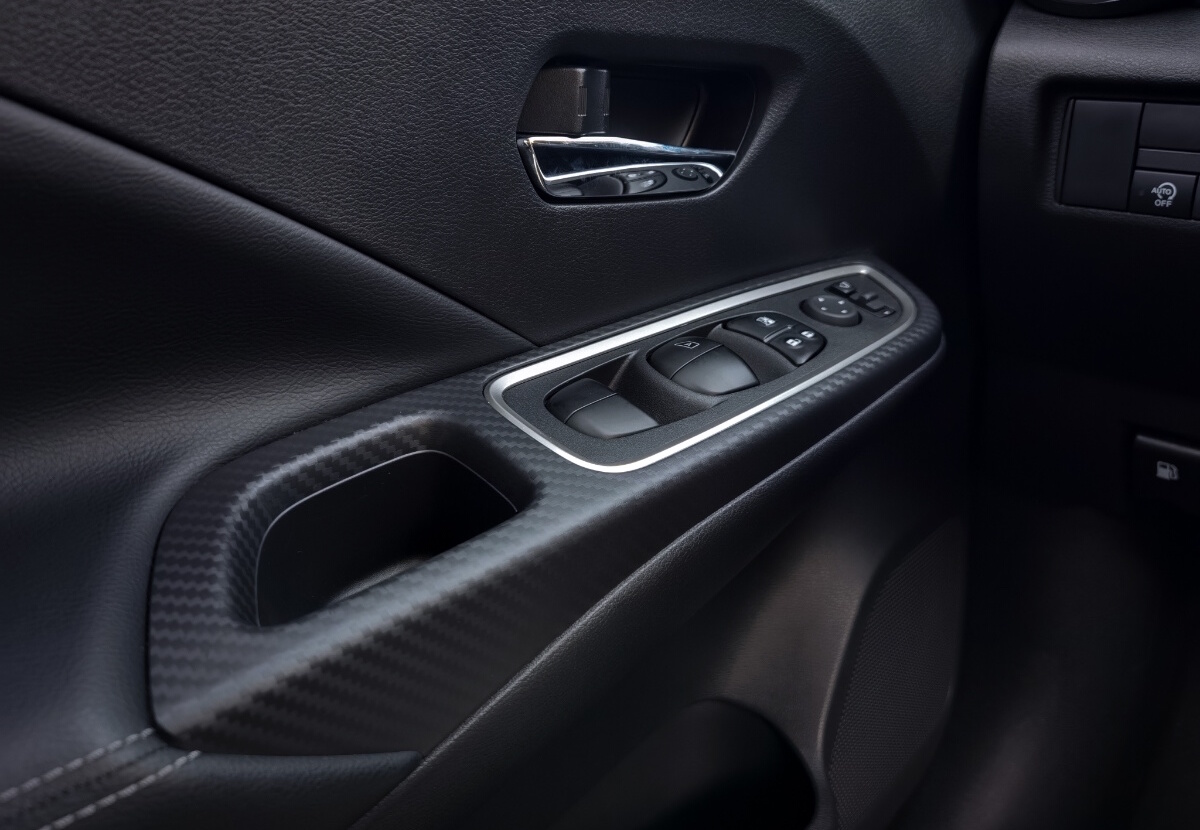
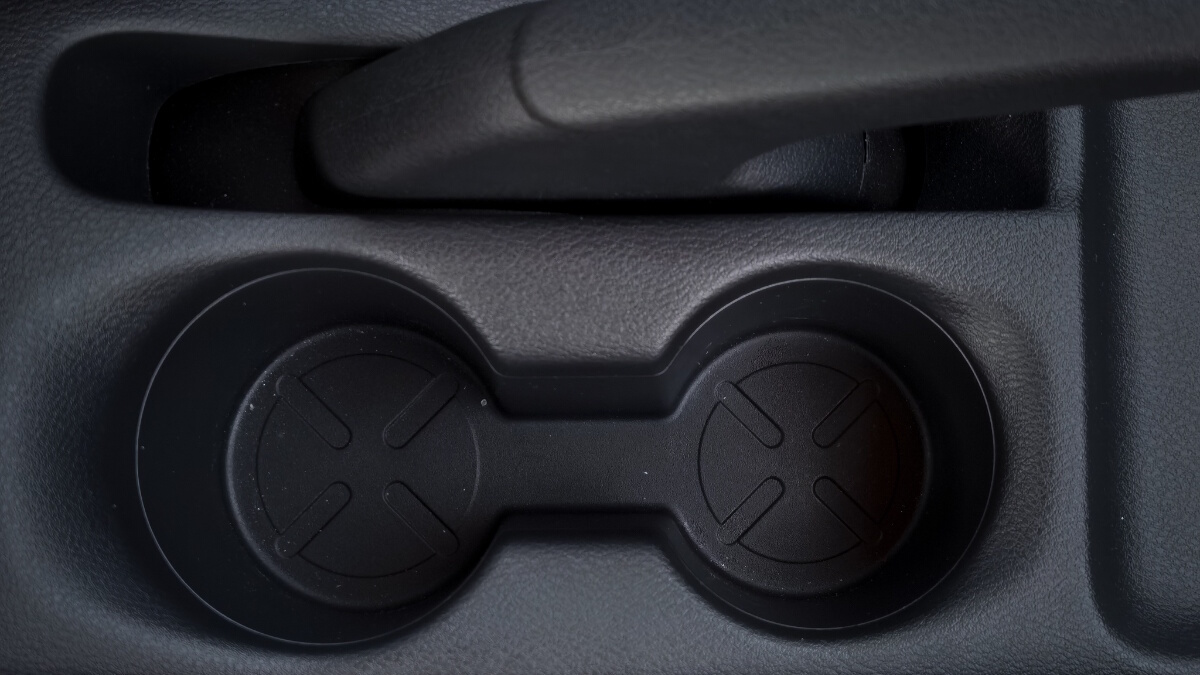
Continue reading below ↓
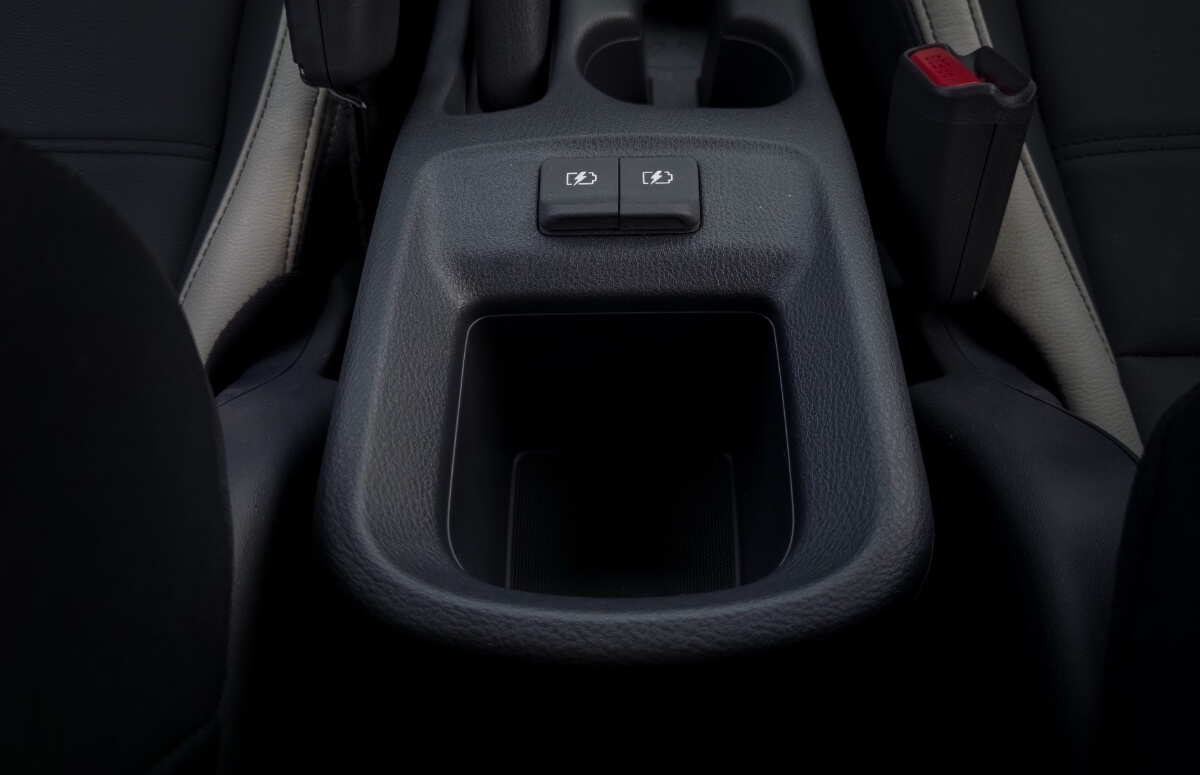
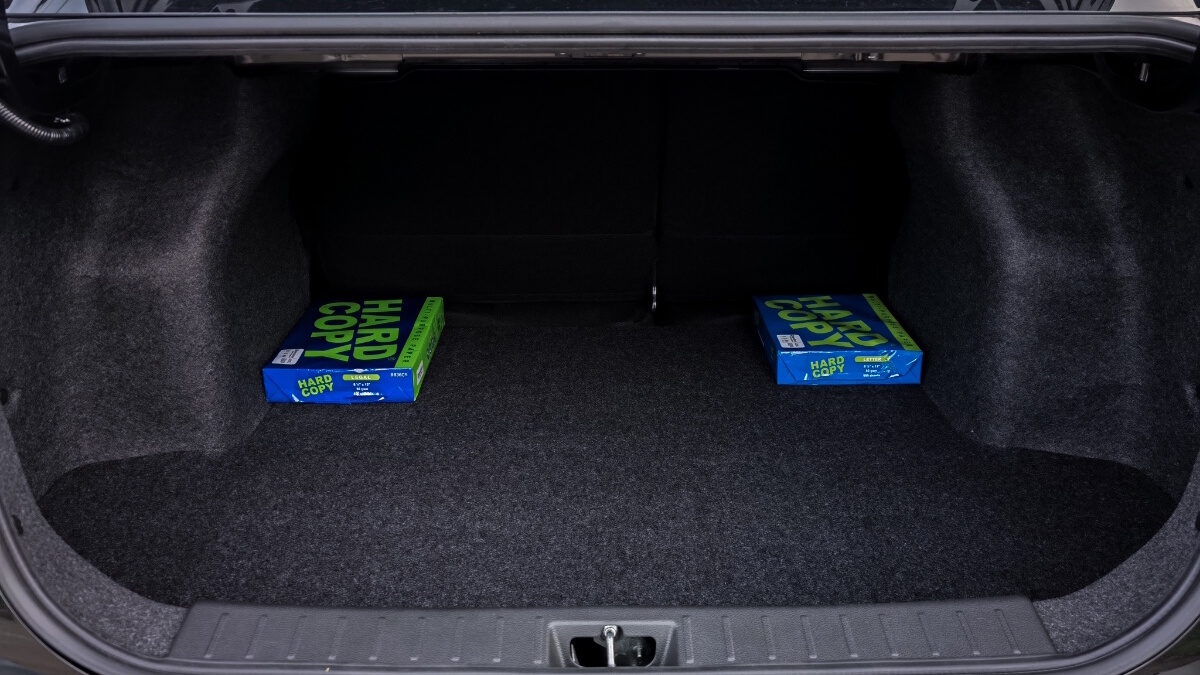
Continue reading below ↓
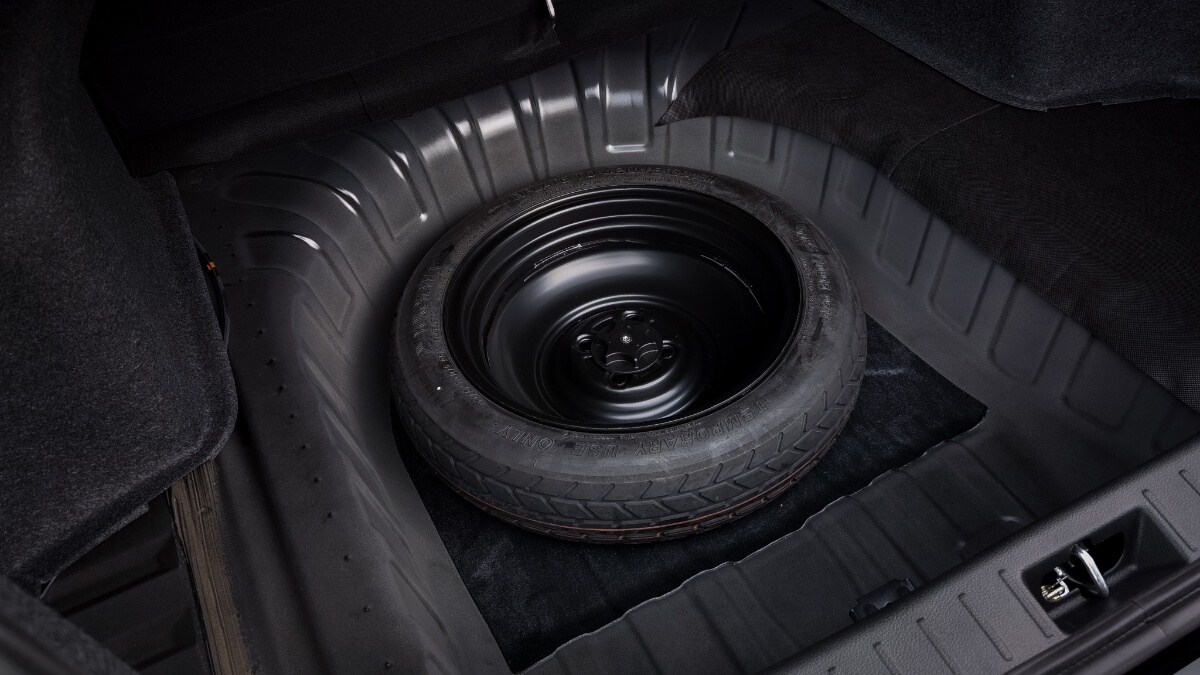

Continue reading below ↓
Top Gear Philippines is now on Quento! Click to download the app and enjoy more articles and videos from Top Gear Philippines and your favorite websites.
Read Next
